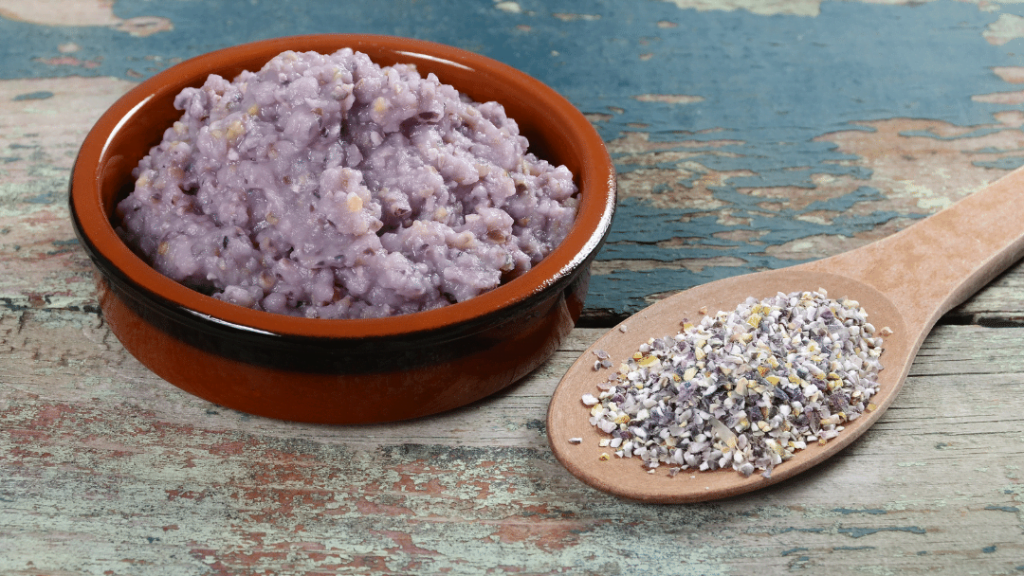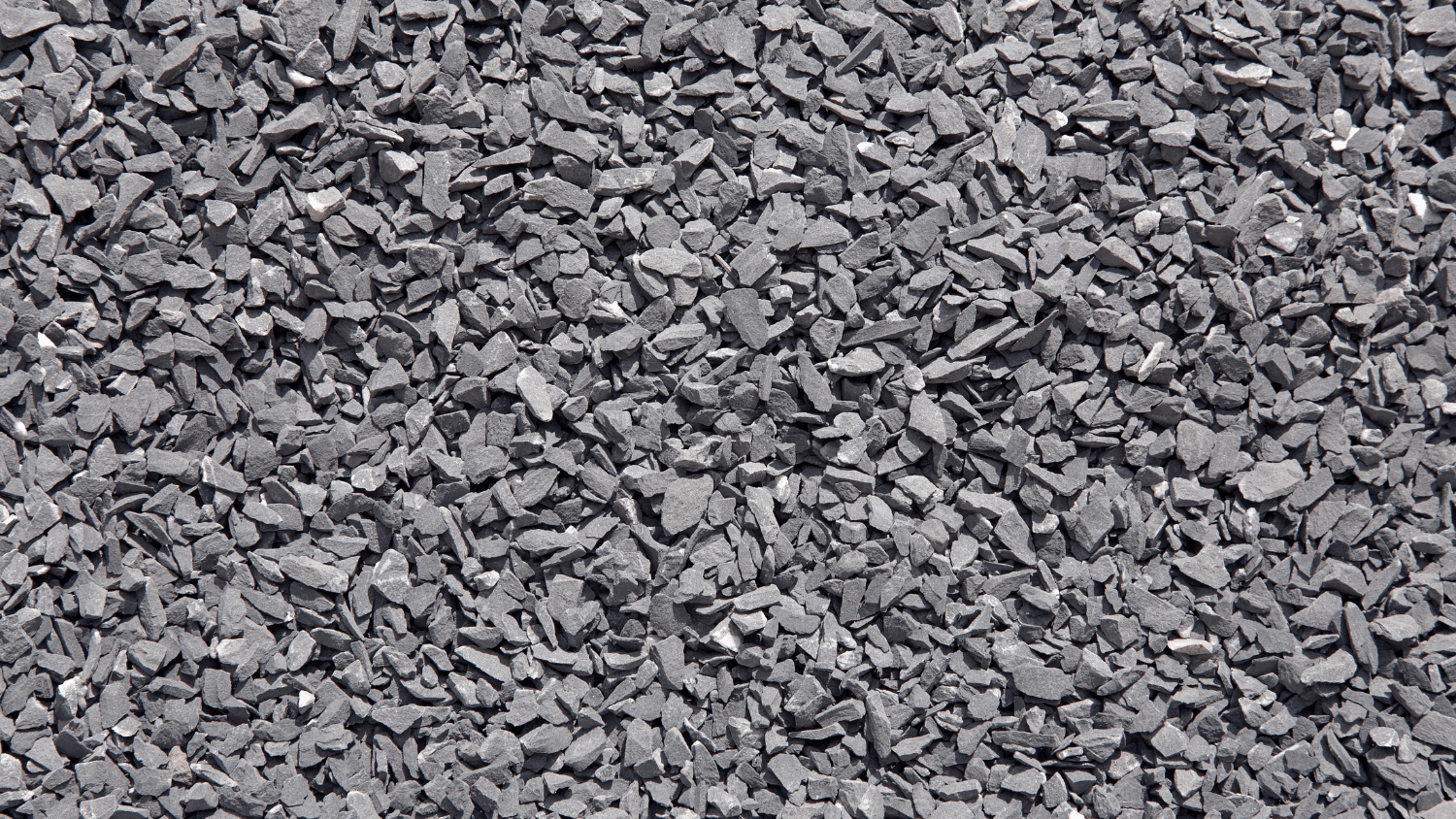If you are raising chickens, you will need to think about providing chicken grit to them, but what is grit for chickens? Grit is extremely important for the good health and well-being of the chicken that you raise. However, people tend to have many confusions about purchasing grit for chicken. That’s why we thought of sharing some useful details with you about chicken grit.
Oyster shell grit and flint grit are the two varieties of poultry grit. Oyster shell grit is a form of calcium that aids in the strengthening of eggshells. Insoluble grit, often known as flint grit, aids digestion in hens.
What is grit for chickens and where is it made out of?
What is grit for chickens? Oyster shell grit is normally created from oyster shells, however, baked eggshells can also be ground into grit. Flint grit is created from very minute bits of flint or granite. Some grit is made for chicks who are under the age of eight weeks. If you have chicks, you must feed them this fine powder until they reach the age of eight weeks.

Is it a must to provide Grit to your Chickens?
What is grit for chickens? Because chickens lack teeth, they require grit to crush their food. Chickens naturally take up grit in the form of small stones when they are allowed to forage across a greater area. They store grit in the gizzard, which grinds the meal with any grit within as the gizzard moves. The meal, now in the form of a paste, may subsequently be safely passed through the digestive system. The grit gets ground up in the gizzard and finally passes through the digestive tract, which is why hens need to replace it. Chickens cannot successfully chew their food without the grit and may have impaction as a result.
Hens also need oyster shell grit, which is high in calcium, to help them grow robust eggs. Hens, especially those that are good layers, might develop brittle bones or sour crops if they are not given this nutritious supplement.
To keep their flock, secure from predators, most backyard chicken owners restrict their flock’s foraging. Even if the hens are free-range, a plot of land may not have enough of the correct sort of tiny stones to aid digestion. To assist a flock, it’s a good idea to add some grit. Make sure you provide them with suitable grit for chickens.
When should I feed Grit to my Chickens?
Mixing flint and oyster shell grit gives hens the best of both worlds. It’s a good idea to put the grit in containers, either together or individually, so the hens can get to it whenever they want. To minimize contamination and keep the grit dry, keep the container up above the ground. It’s a good idea to top it out every now and again to make sure your chickens have all they need.
What are the benefits of Grit for Chickens?
What is grit for chickens? Grit is required for chickens to digest their chicken feed and other foods properly. The gastrointestinal systems of all chickens are distinct from those of most other animals. What makes it unique? We’ll give you a quick anatomy lesson on chickens.
It will help chickens with keeping food in their crop
Have you ever seen a hamster storing food in its cheeks for later consumption? Hens do the same thing with their produce. As a prey species, it’s always a good idea to have food in the pantry. It’s not safe to eat the goodies if you’re bravely fleeing or hiding. As a result, hens keep food in their crop. The feed is sent to the gizzard after the crop is full.
It can support the good health
Because chickens lack teeth, their food takes on a stone-like consistency after being combined with saliva. Because no one enjoys feeling like they have a boulder in their stomach, chickens require assistance in digesting their meal once it reaches their gizzard. The gizzard is a muscular digestive apparatus that crushes food. The muscles, on the other hand, are insufficient to break down the meal. As a result, grit is required for chickens. The gizzard stores grit until it’s needed. The nutrients are retrieved in the following digestive process when the meal has been adequately broken down.
Understanding the anatomy of a chicken
Grit depletes over time, so your hens will need to replenish their supplies. Unlimited, year-round access to grit is essential for rabbits and guinea pigs, just as it is for hay. Is it possible for hens to consume too much grit? They self-regulate, so don’t worry.
It is better if you can be aware of things that can possibly go wrong as you provide grit to chicken. In the last part, we described the rock in your stomach. The rock will decay if it lies in the gizzard without being digested. As a result, a severe medical condition known as “sour crop” develops. A digestive system blockage is another health problem that might arise. Both of these conditions necessitate rapid veterinarian intervention and, in certain cases, surgery.
What is grit for chickens? The chicken grit that you provide to support digestion has two main functionalities. The first one is insoluble or hard. It will not break down easily. In fact, it is highly resistant to digestive juices as well. Then you can find the insoluble stone, which is considered flint or granite. However, the grit requirements of your flock members will vary based on their age. The grit gets coarser as your birds get older.
Final words
What is grit for chickens? To summarize, what exactly does grit accomplish for chickens? Chicken grit aids in the digestion of food so that the nutrients in the chicken feed may be extracted by their feathery bodies. You will be able to purchase chicken grit from the market and give it to your chicken. It will not cost a lot of money to get chicken grit as well. Hence, you can think about making the decision to buy chicken grit without keeping any second thoughts in mind. You will fall in love with the results that chicken grit can offer to the birds you raise.


